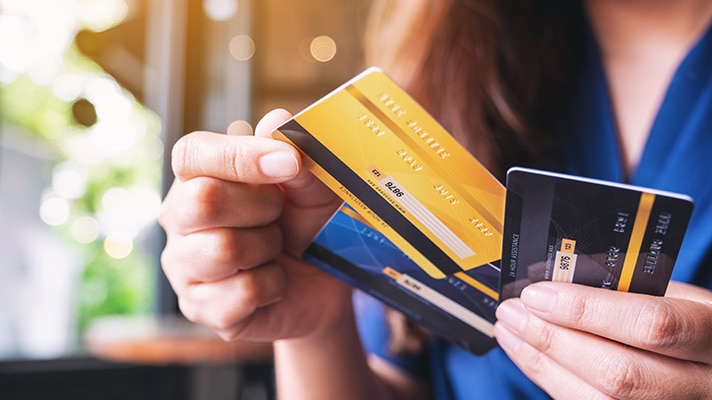A chargeback is a dispute of charges filed by a customer and their credit card company or bank. It’s an obstacle that can challenge a merchant’s customer relationships and their accounting process, sometimes resulting in fees or loss of income. Unfortunately, many merchants will have to deal with a chargeback claim at some point. If your business receives a notice of dispute from a credit card company, you may have to prove the validity of your charges. You may also be responsible for fees associated with the chargeback process.
Receiving payments electronically is a way of life for most businesses. Here, we’ll explain what chargebacks are, why they occur and how you can handle them effectively. Read on for an in-depth look at chargebacks, or use the links below to skip ahead to the section that best fits your query.
















